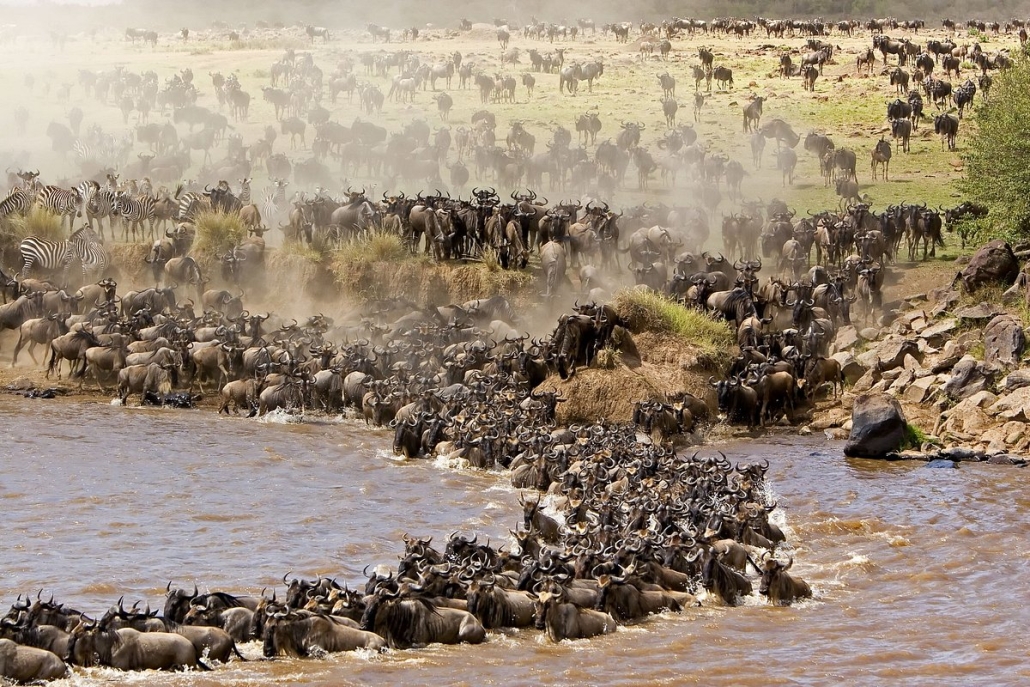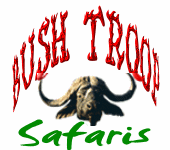Maasai Mara National Reserve
Maasai Mara National Reserve is one of the most renowned wildlife reserves in the world, located in the southwestern part of Kenya, bordering Tanzania’s Serengeti National Park. Covering an area of approximately 1,510 square kilometers (583 square miles), the reserve is a critical component of the larger Maasai Mara ecosystem, which includes conservancies and community lands. Named after the indigenous Maasai people who inhabit the region, the reserve is characterized by vast savannas, rolling hills, acacia forests, and the iconic Mara River, which serves as a vital water source for wildlife.
 Established in 1961 as a wildlife sanctuary, Maasai Mara was later designated as a national reserve to protect its rich biodiversity and support sustainable tourism. It plays a crucial role in conservation and is a UNESCO Biosphere Reserve. The reserve is perhaps most famous for hosting the annual Great Migration, where millions of wildebeests, zebras, and other herbivores migrate in search of greener pastures, making it one of the most spectacular wildlife events on the planet.
Established in 1961 as a wildlife sanctuary, Maasai Mara was later designated as a national reserve to protect its rich biodiversity and support sustainable tourism. It plays a crucial role in conservation and is a UNESCO Biosphere Reserve. The reserve is perhaps most famous for hosting the annual Great Migration, where millions of wildebeests, zebras, and other herbivores migrate in search of greener pastures, making it one of the most spectacular wildlife events on the planet.
The Maasai Mara is not only a haven for wildlife but also an important cultural area. The Maasai people, known for their distinctive customs, colorful dress, and harmonious relationship with nature, have lived alongside the wildlife for centuries. Their presence adds a unique cultural dimension to the experience of visitors, offering insights into their traditional way of life.
In addition to its natural and cultural significance, Maasai Mara serves as a vital ecological area, supporting numerous species, including the “Big Five”: lions, leopards, elephants, buffaloes, and rhinoceroses. The reserve’s diverse habitats support a wide array of other wildlife, such as cheetahs, giraffes, hippos, crocodiles, and various antelope species.
Visitors to the Maasai Mara can engage in a variety of activities, including game drives, hot air balloon safaris, guided nature walks, and cultural visits to Maasai villages. With its breathtaking landscapes, incredible wildlife, and rich cultural heritage, Maasai Mara National Reserve is a must-visit destination for anyone seeking an unforgettable safari experience in Kenya.
